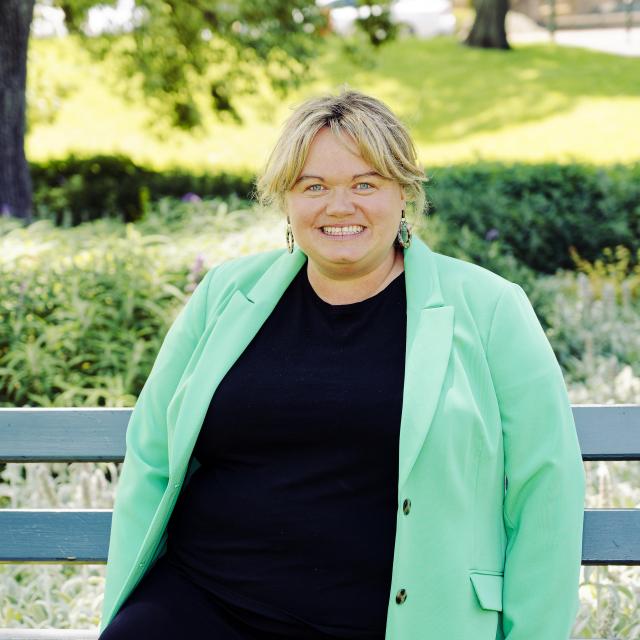The number of international tourists to the Greater Geelong region has skyrocketed this year.
Geelong and the Bellarine welcomed 46 per cent more international visitors in the 12 months ending in June 2025 compared to the year before, a much bigger increase than the statewide average of 11.5 per cent.
The latest data comes from Tourism Research Australia’s domestic tourism statistics and international visitor survey, announced by the state government last week.
Tourism Geelong & the Bellarine executive director Tracy Carter said while international visitors made up a relatively small proportion of the region’s overall tourism, the latest figures were “important for a few reasons”.
“One reason is the spend is usually higher with the international holidaymaker,” Ms Carter said.
“Another is that they’re not limited to weekends or peak holiday periods. They tend to travel at other times, which then spreads the visitation to our hotels and hospitality establishments into other times of the year.
“Also, they travel differently; international travellers stay in regions for longer than the weekend visitation we see from a domestic traveller.”
According to Ms Carter, the changing nature of the tourism products now offered in our region has had a direct impact on the increase in international visitors.
“A generation ago, people came to Geelong and the Bellarine maybe just to go to the beach,” she said.
“Now we’ve got this great sort of calendar of events, and when you think about the Bellarine, there are world-class wineries and places to eat.
“Hospitality across the whole region has just lifted to such a high level… and this particularly relates to international travellers and the types of experiences that they want to have.
“There’s more reason to come and there are more ways for them to spend money, so that’s why we’re seeing this sort of uptick.”
And while times have undoubtedly been tough for tourism operators, Ms Carter said the future was bright for tourism in the region.
“The convention centre, Nyal Banyul, has become such a game-changing piece of infrastructure for us,” she said.
“The business events in that centre will tend to happen off-peak and mid-week. Those events will genuinely drive new audiences that will support the accommodation and hospitality sectors.
They’re an optimistic people, tourism operators, and they’re looking forward to coming into another peak season.”







